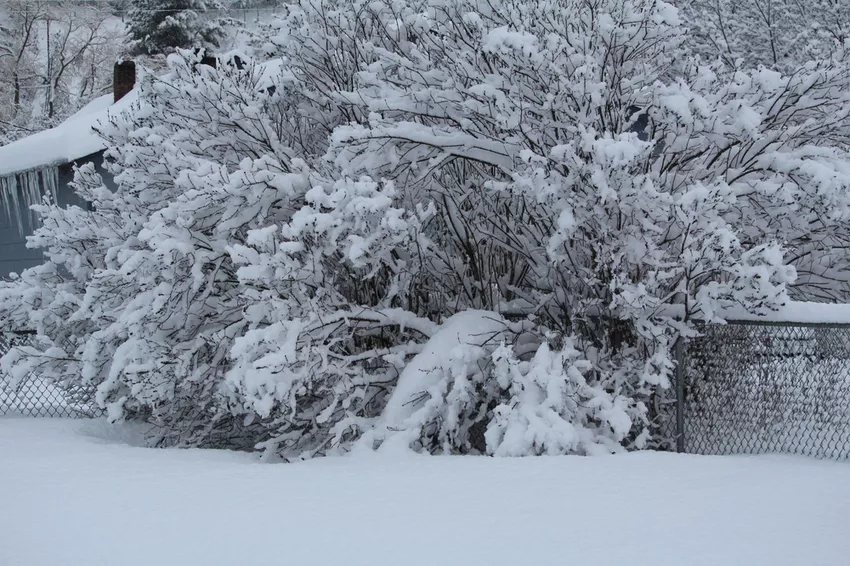The summer lilac inspires anew every summer with its long, sweetly scented flower spikes in strong pink or violet. To ensure that you can enjoy this shrub for many years, you should take care of it properly during the winter - some species are not and others only partially hardy.
 Older summer lilacs have better winter hardiness
Older summer lilacs have better winter hardiness
Which summer lilacs are hardy - and which are not?
The two species most commonly found in German gardens are probably Buddleja davidii and Buddleja alternifolia, both of which are reasonably hardy and can therefore be planted out in the garden. Due to their rapid growth and their sheer size, they are not suitable for pot culture, with the exception of some specially cultivated low-growing varieties. The Buddleja var. nanhoenensis, which is well suited for the rock garden, is also hardy and can therefore remain outside. On the other hand, species such as the globe summer lilac (Buddleja globosa), the Buddleja colvillei from the Himalayas and the yellow summer lilac (Buddleja x weyeriana) are absolutely not hardy and therefore only suitable for a bucket culture, whereby the latter can remain outside in the wine climate.
Young summer lilacs need winter protection
However, the hardy species Buddleja davidii and Buddleja alternifolia only become resistant to cold with increasing age. From an age of about five years, these summer lilacs tolerate frosts down to minus 20 °C, freshly planted and as a young plant they need a light frost protection in the form of a thick layer of mulch, which you apply in autumn. The freezing of the shoots, on the other hand, is not particularly tragic, as they are cut back in the spring anyway, at least with B. davidii. The plant then sprouts again.
Overwinter summer lilacs properly in pots
Buddleia cultivated in tubs should be overwintered as frost-free as possible, even if it is a hardy species. Due to the small amount of substrate in the pot, the roots do not receive sufficient protection in severe frost, but if they freeze back, the whole plant will die. Tub summer lilac is best hibernated bright and cool at a maximum of 10 °C. do not forget to water the plant from time to time, only fertilizing should be stopped from September.
tips
In contrast to the rest of the plant, the seeds of the summer lilac are very robust and can withstand significantly colder temperatures than minus 20 °C. In the following year, despite the harsh winter, you can look forward to numerous young plants, which is why it always makes sense to clean out faded shoots.